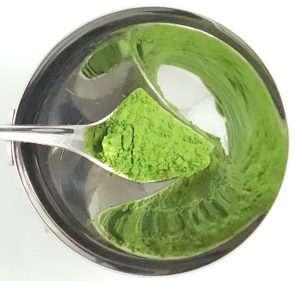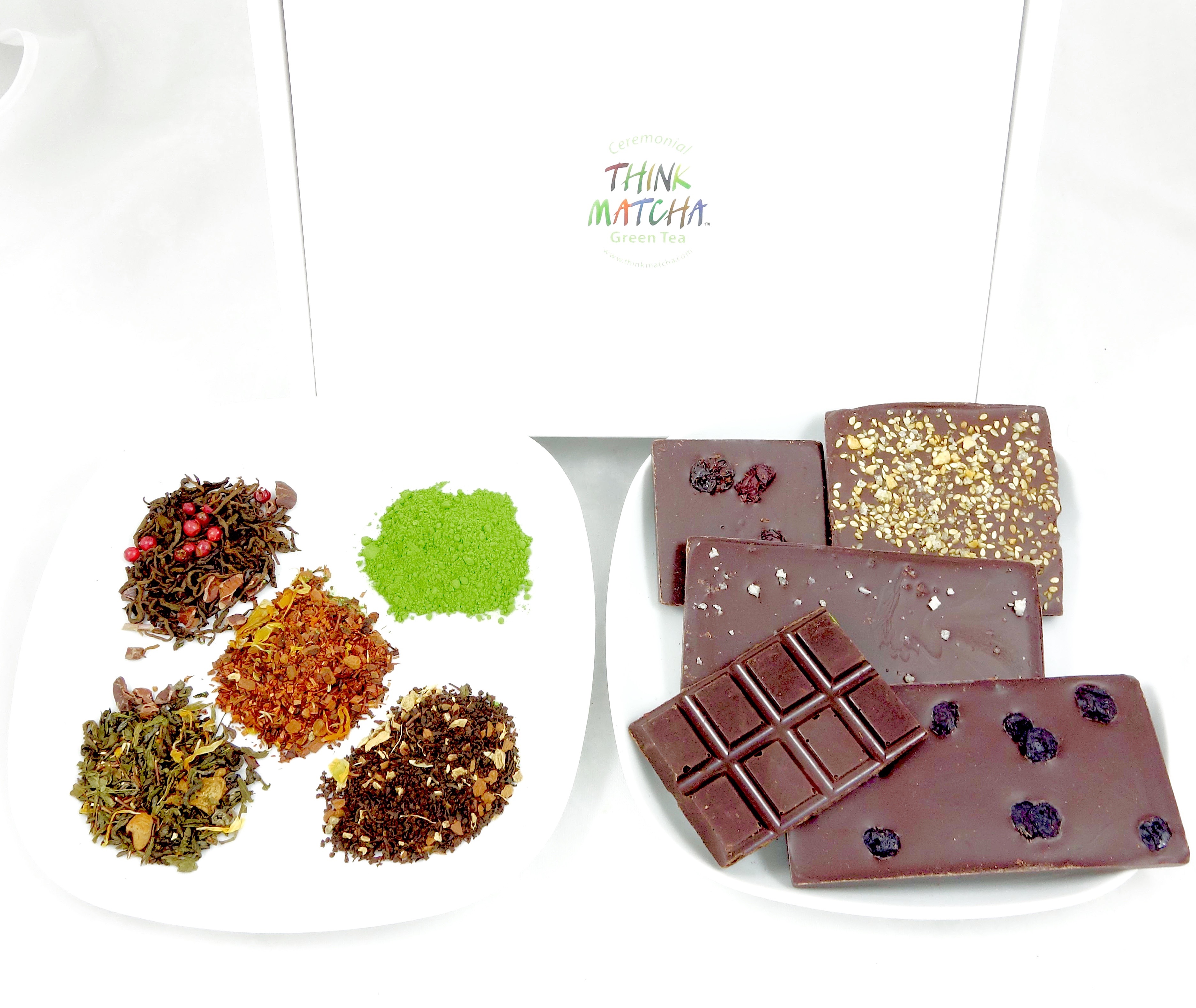
We all know that practices such as eating right, exercising, and avoiding bad habits like smoking are key to maintaining a healthy lifestyle.
But what you may not know is that simply drinking green tea can help your body fight off a range of diseases and promote overall health. Read more…
Matcha tea is a powdered green tea made from shade-grown leaves that, due to its unique growing process, has very high levels of antioxidants and healthy compounds like amino acids, catechins, polyphenols, and more. And since it is a concentrated form made from whole ground leaves, many of these compounds occur at a much higher frequency than they do in traditional green tea.
Due to the many beneficial compounds found within it, green tea has been the subject of many different scientific studies lately. Institutions all over the world are conducting research aimed towards understanding the medicinal and therapeutic applications green tea may have.
One study carried out by Dr. Mindy Kurzer at the University of Minnesota aims to verify that the catechins found within green tea may help prevent or even treat breast cancer. After the study is conclusively published, Kurzer believes that the results “could lead to recommendations for women to drink green tea,” or even “making dietary supplements out of extract of green tea using catechins might be recommended for breast cancer reduction.”
Another study published in the Journal of Periodontology found that green tea may contribute to improved oral health. Of 940 male participants, researchers found that those who regularly drank green tea had better periodontal health. In fact, “for every one cup of green tea consumed per day, there was a decrease in all three indicators” studied that indicated periodontal disease.
So how can you introduce matcha into your diet in order to benefit from it? While the most traditional way is to simply drink a cup of Matcha tea, matcha can also be used in cooking. Matcha is known for its rich, smooth taste and works well as a healthy 31 cooking additive in either sweet dishes like cookies and smoothies, or even savory dishes like hummus and pasta sauce.
There is a broad price range for matcha which can make it confusing for shoppers. High quality matcha should be refreshingly aromatic, bright green, (vibrant or electric green), and have a slightly sweet after taste. Lower grade matcha has a more dull green color, with brown or yellow tints. The pale green color indicates that the tea contains stems and branches that were ground into it, or that it is not fresh.
The lower grade matcha teas taste completely different than good quality ones. Lower grade matchas have an astringent and less sweet taste, lack that sweet aromatic smell, and have lower levels of healthy antioxidants. Acquiring a taste and enjoying matcha is simple, provided you are using good quality Japanese matcha green tea. – By Think Matcha
Disclaimer: The information provided on this website regarding the medical study results on the benefits of green tea is for informational purposes only. While we strive to present accurate and up-to-date information, we make no representations or warranties of any kind, express or implied, about the completeness, reliability, suitability, or availability of the study results mentioned.
The study results should not be considered a substitute for professional medical advice, diagnosis, or treatment. Individual results may vary, and it is always recommended to consult with a qualified healthcare professional before making any dietary or lifestyle changes based on the information provided.




